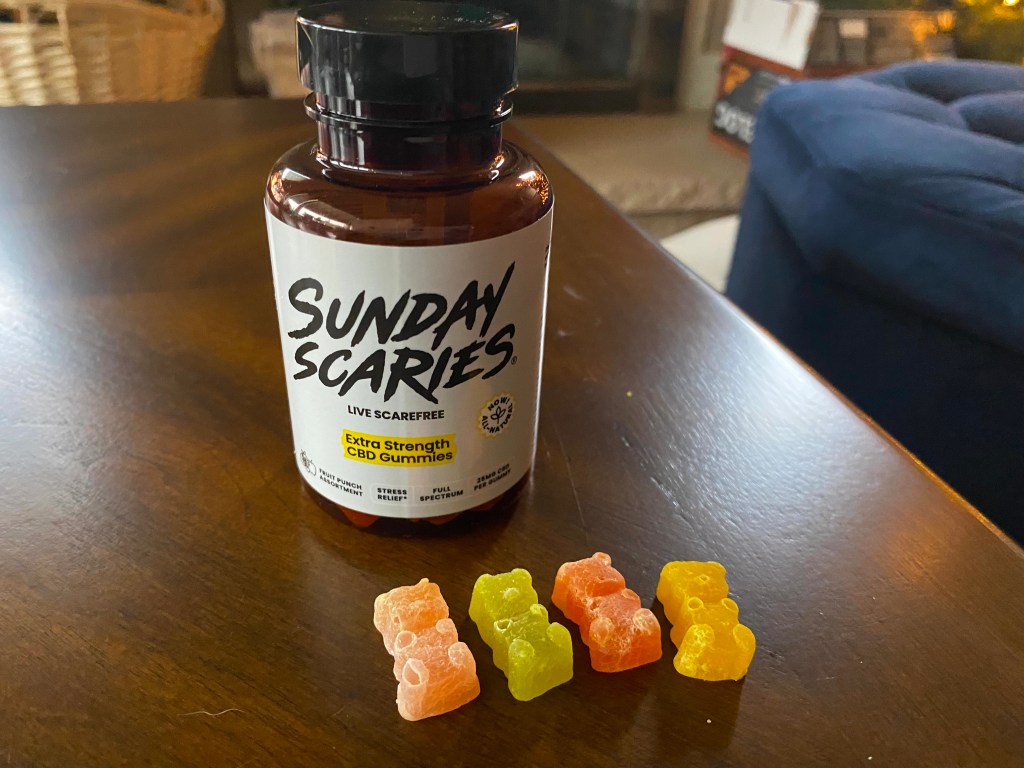The latest iteration of fentanyl scaremongering is about what authorities are calling “rainbow fentanyl.” They claim it’s newer, more potent, and targeting kids.
Following the recent seizures of pink, green, yellow, and blue fentanyl—in blocks as well as pills—law enforcement officials including Customs and Border Protection and a California district attorney’s office have issued statements saying the drugs are meant to prey on children.
Videos by VICE
“This could be the start of a trend with Transnational Criminal Organizations targeting younger users,” tweeted Michael Humphries, a Customs and Border Protection director for the Port of Nogales, Arizona.
“We find this rainbow-colored substance is one of the many tools that dealers are using to make the poison appeal to our kids,” said Placer County, California, District Attorney Morgan Gire in a Facebook statement.
Meanwhile, on Fox & Friends First, Chris Gibson, director of the Oregon-Idaho high-intensity drug trafficking area said he was most concerned about kids overdosing on the colored fentanyl.
In the same interview, host Carley Shimkus repeated another myth about fentanyl. “When some people even touch fentanyl, it can kill them,” she said. A person can’t overdose from simply touching fentanyl.
But the likeliest explanation is that dealers are simply adding food coloring to their drugs to distinguish their product, according to Claire Zagorski, program coordinator at the Pharmacy Addictions Research and Medicine Program at the University of Texas at Austin.
Zagorski told VICE News there’s no evidence that drug dealers are deliberately trying to lure children into using their fentanyl. She added that it doesn’t make economic sense.
“There is not a lot of money in targeting kids and this idea that drug sellers are coming for our children is a very old one that’s been washed and repeated over the decades,” she said.
A fentanyl dealer previously told VICE News that her customers prefer colored fentanyl and that dealers commonly use food coloring for branding purposes.
Authorities also fear that children could easily mistake the drugs for sidewalk chalk or candy. Earlier this week, the Multnomah County Sheriff’s Office seized blocks of colored powder fentanyl from someone’s house in Portland.
“Deputies are particularly concerned about rainbow fentanyl getting into the hands of young adults or children, who mistake the drug for something else, such as candy or a toy,” the office said in a news release.
The sheriff’s office told VICE News that dealers are likely just marketing their product, but it doesn’t want to take any chances. The office did not provide any evidence that the drugs are being colored to target kids or that kids have mistaken them for chalk.
“First, the color may be used to indicate batches or where the drug originated or who the drug producer was. Second, that it is used to differentiate the form of the drug between other drugs, such as cocaine, and third, to be used as a marketing tactic to drive demand or encourage new users,” a spokesperson for the sheriff’s office told VICE News. “Whether the person intends to take it or accidentally comes in contact with it, there may be no return, it could cause a fatal overdose.”
Zagorski said authorities and lawmakers often invoke protecting children when discussing drug policy. It’s a concern raised when places legalize weed, particularly where edibles are concerned, and fears about children being drugged are trotted out every Halloween, despite it never having been a widespread issue.
“As long as the public is really terrified of drug sellers coming for their kids, it’s going to be easy to get money, funding, support, particularly if you espouse a zero-tolerance hardline anti-drugs position,” she said.
In his Fox interview, Gibson said he’d like to see more of a focus on targeting the U.S.-Mexico border.
Teen overdoses, however, are on the rise in the U.S. A study published in the Journal of the American Medical Association in May found that teen overdose rates doubled from 492 to 954 deaths, from 2019 to 2020, and went up another 20 percent in the first half of 2021.
At the time, study author Joseph Friedman, an addictions researcher at the University of California, Los Angeles, said fentanyl was behind the rise in deaths. He called for more pragmatic teen education around drugs and access to naloxone and fentanyl testing strips as possible solutions.
Follow Manisha Krishnan on Twitter.
More
From VICE
-

Photo: Alina Rudya/Bell Collective / Getty Images -

-

-

